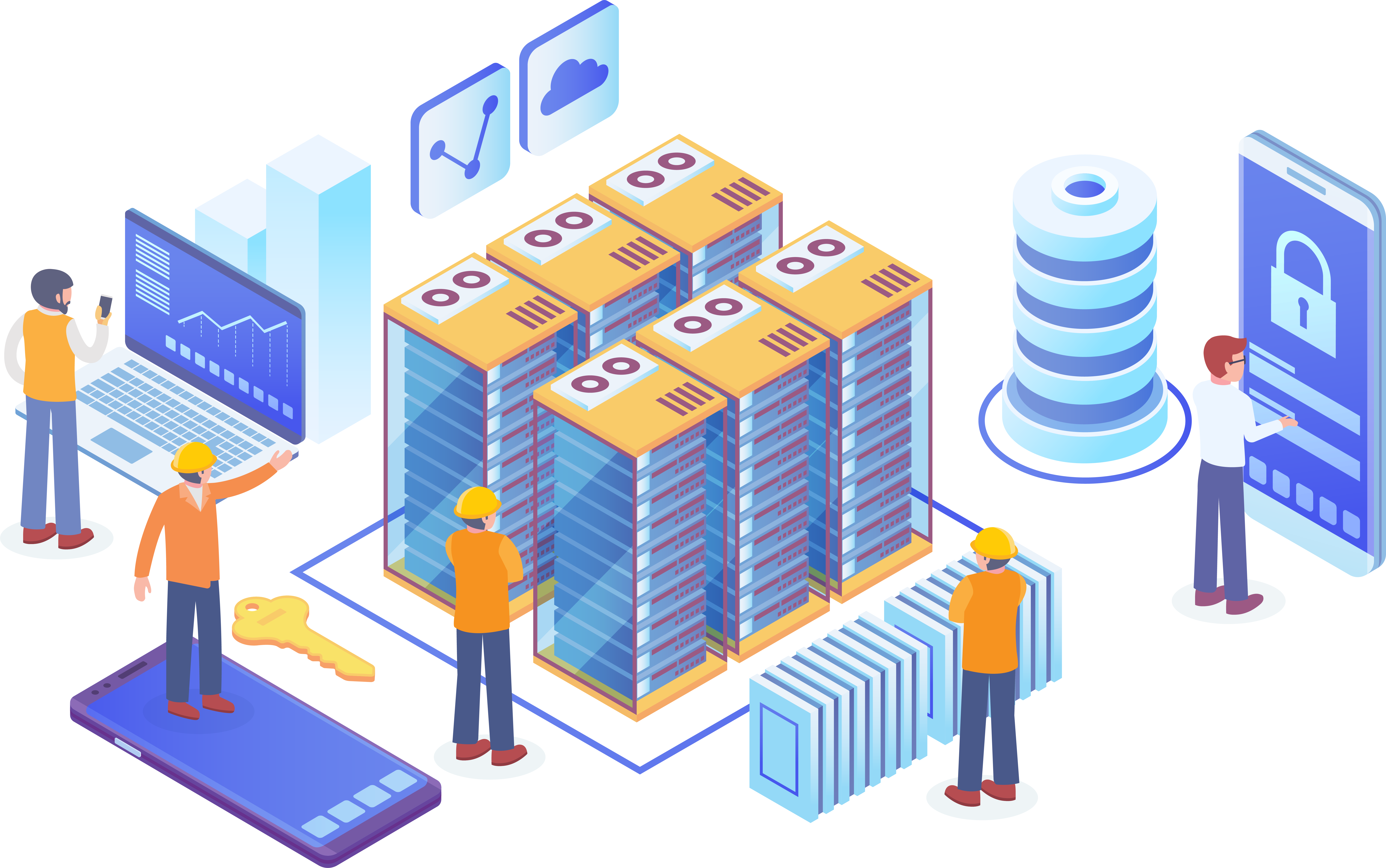
Why should I peer with Omaha IX?
Peering at Omaha IX puts you in direct contact with the rest of the participants on the IX. That means you can gain instant access to some of our top partners. Check out our current Omaha IX participants HERE.
We are also hosted by the 1623 Farnam data center in Omaha, Nebraska. The facility’s location in Omaha puts it right at the nexus of the North/South and East/West fiber routes in the US, meaning you have access to key routes so you can get your data exactly where it needs to go. Connections can be achieved with fewer hops, resulting in lower latency and overall satisfaction for your end-users. And, with their proximity to Google’s largest North American cloud node, you can also easily tap into that powerful ecosystem.
What is an IX?
IX stands for Internet Exchange. An Internet Exchange lets network providers such as internet service providers (ISPs) and content delivery networks (CDNs) and others exchange traffic in a cost-neutral fashion. When you connect to other networks that are members of the IX, this is called peering. If you want to learn more about peering, you can read this blog on the 1623 Farnam website, or download this eBook for some tips.


Cost-neutral? How is that possible?
When you’re peering, you are directly connecting with other networks on the IX instead of connecting via internet traffic. That eliminates the costs associated with internet connections and leaves only the cost of being on the IX. Connecting in this fashion can also reduce latency by shortening the pathway between the two connections.
What is Latency?
Simply put – latency is how long it takes for data to exchange across a connection. It is the time between the user’s action and the response received. The lower the latency, the better the end user’s experience and the internet’s quality depends on it!
Latency ties into peering on an IX not only by shortening the distance between connections but by circumventing congested traffic routes as well. When you don’t need the internet for your connection you can create more redundant traffic routes to take instead of relying on crowded connections.


How do I connect to Omaha IX?
Connecting is simple – we want every organization to be able to connect quickly and easily to the IX. You will only need two things before getting started:
- Be able to or have an established connection with our host facility, 1623 Farnam
- Your own Autonomous System Number (ASN).
Once connected, you will have total control over your own routing policies at the Exchange and may peer with as many or as few other members on the IX as desired. For optimal ease, we recommend using our route-servers.
What is an ASN and how do I get one?
ASN stands for Autonomous System Number and it is how your network, and all networks, on the internet are identified. Every ISP needs to have its own ASN, and so does every organization that connects to the internet through said ISP.
To get your ASN, you will need to apply for it through a regional internet registry. The ASN can be used to set up peering on Omaha IX or any other Internet Exchange.


What kind of equipment will I need?
The best way to connect to the exchange is directly through a layer-3 device (router). It is the most secure option, as it has the lowest chance that MAC addresses or STP traffic will be leaked. While it is possible to connect via a layer-2 device (switch), we strongly discourage it. If you must use a switch for your connection, there are a few guidelines in our configuration section you’ll have to meet to make sure not to disrupt your other peers.
You have several ways to connect to the actual exchange. Omaha IX techs can help you as needed:
- Use ethernet transport through a 3rd party who is already in 1623 Farnam.
- Use long-range optics (depending of course how far away from 1623 Farnam you are located).
- Rent space from the exchange.
- Rent space directly from 1623 Farnam.
